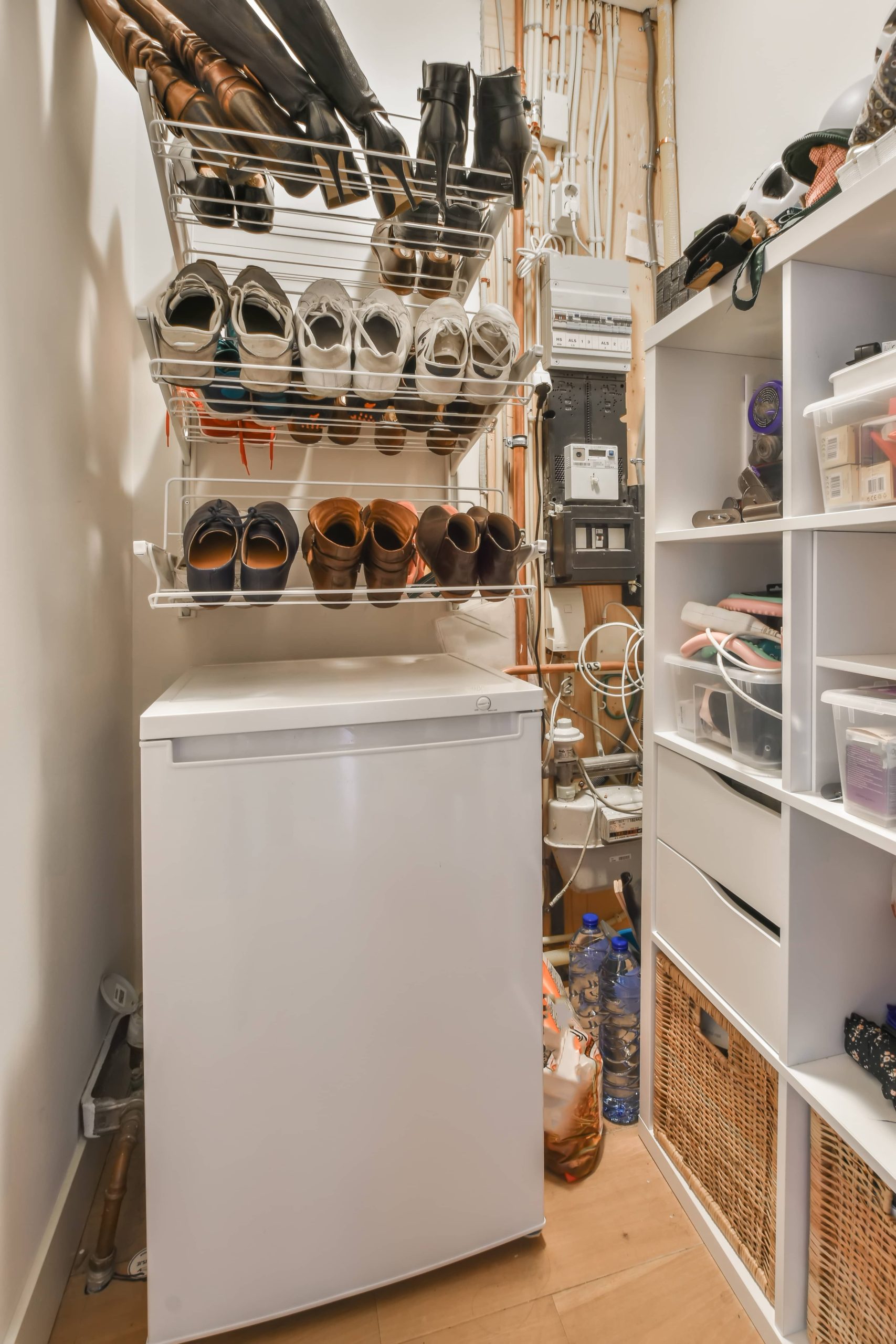
In the quest for a more organized home, two popular concepts often come into play: minimalism and decluttering. While they may seem similar on the surface, they embody different philosophies and approaches to achieving a harmonious living space. Unveiling the distinct yet complementary principles of minimalism and decluttering can help you determine which path, or combination thereof, might best suit your journey towards a more serene and structured home environment.
Minimalism: A Lifestyle Choice
Minimalism transcends the confines of home organization; it is a lifestyle choice and mindset that prompts individuals to focus on what truly matters by eliminating the excess. It is not merely about owning fewer possessions but about cultivating a life filled with purpose, value, and intentionality.
At its core, minimalism is about reducing distractions to make space for experiences, relationships, and items that provide genuine joy and utility. Minimalists aim to streamline their lives by blocking out the noise of consumerism and superficial possessions. This approach can lead to a profound transformation, affecting not only how you organize your physical space but also how you prioritize your time, energy, and resources.
Minimalism is often characterized by:
1. Intentional Living: Minimalism encourages living with intention, where every item, relationship, and activity is chosen mindfully.
2. Quality Over Quantity: Minimalists prioritize high-quality items that serve multifunctional purposes over an abundance of possessions. For example, investing in a well-made, multi-purpose kitchen appliance rather than cluttering your counters with single-use gadgets.
3. Simplicity: Stripping away the excess material possessions leads to a simpler, more focused way of living. This simplicity extends to decor, wardrobe, finances, and beyond.
4. Mindfulness: Minimalism often leads to mindfulness practices, as individuals become more conscious of their consumption patterns and their impact on the environment and well-being.
Decluttering: The Process of Organization
Decluttering is a process, a practical step, aimed at tackling the physical mess within a space. While minimalism is a broader lifestyle choice, decluttering focuses on organizing and eliminating unnecessary items from your home. It’s the first step many individuals take when aspiring towards a minimalist lifestyle or simply seeking a more organized home.
Decluttering involves:
1. Assessment and Sorting: The core of decluttering is assessing your possessions. This requires you to sort through items, determining what to keep, donate, sell, or discard based on their usage, emotional value, and condition.
2. Creating Systems: Decluttering involves creating systems and storage solutions to organize your belongings efficiently. This could mean investing in storage containers, closet organizers, or labeling systems to keep everything in its place.
3. Regular Maintenance: Decluttering is not a one-time event. It requires regular maintenance to prevent your space from becoming disorganized again. This often includes routine checks to remove items that no longer serve a purpose.
4. Tangible Results: One of the rewarding aspects of decluttering is the visible transformation of your space. Once the clutter is cleared, you’ll find more room, clarity, and order within your home.
The Intersection of Minimalism and Decluttering
While minimalism and decluttering are distinct, they often intersect. Many people begin their minimalist journey by decluttering. It serves as a practical step towards a more intentional lifestyle, allowing them to evaluate their possessions and align their surroundings with their values.
Decluttering can lead to a minimalist lifestyle, but one can declutter without fully embracing minimalism. Consider decluttering as a practical strategy, stripping away unnecessary belongings to reveal a clearer picture of your life’s priorities. From this vantage point, you can decide whether to further embrace minimalism or simply enjoy a more organized domain.
Choosing the Right Approach for You
The decision between minimalism and decluttering—or finding a balance of both—depends on your individual goals, lifestyle, and values. Here are some considerations to guide your decision:
1. Assess Your Motivation: Are you looking to make more profound life changes, focusing on simplicity and intentionality, or are you primarily interested in organizing your current space more efficiently?
2. Examine Your Space: Do you have areas of your home that consistently fall into disarray? If so, focus on decluttering to address these issues first.
3. Consider Your Lifestyle: Reflect on how minimalism or decluttering aligns with your lifestyle. If you desire a simpler, distraction-free life, minimalism might be for you. If your aim is primarily to streamline your home, start with decluttering.
4. Trial and Error: It’s okay to experiment with both approaches. Start small by decluttering a single room and observe how it impacts your daily life. If minimalism appeals to you, gradually implement its principles across other areas of your home and lifestyle.
In embracing either minimalism, decluttering, or a harmonious combination of both, you embark on a journey towards more intentional living. By focusing on what truly matters, whether through a minimalist lifestyle or the tangible results of decluttering, you enable your home to become a place of peace and purpose. Understanding the differences between these concepts ensures you select the path that resonates personally with you, contributing to a more organized and fulfilling home environment.

